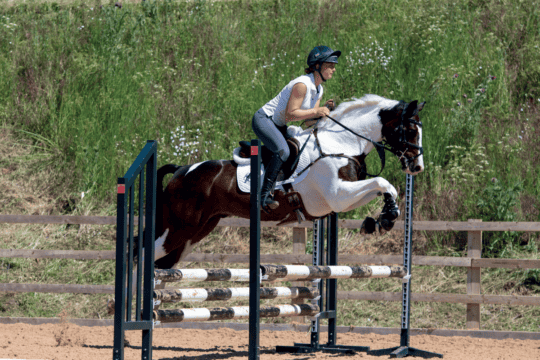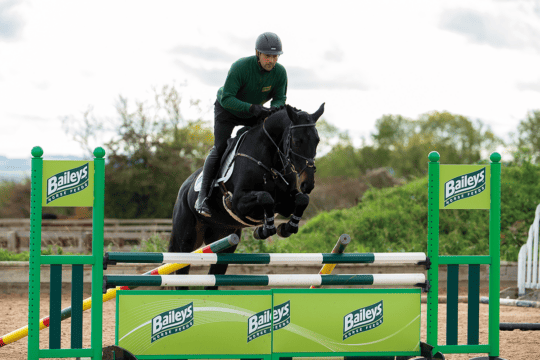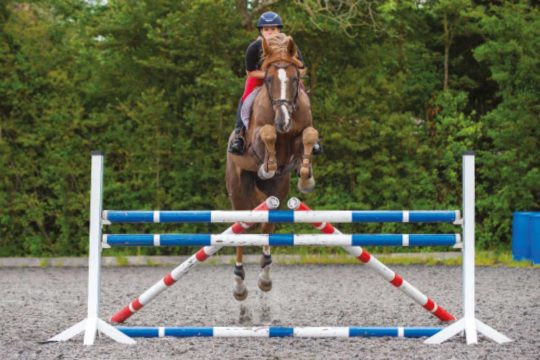-
Riding Schooling and Training
-
Health and Veterinary
-
Management
-
Mind Matters
-
Buying and Selling
-
Insurance Advice
FAQs
Featured Professional
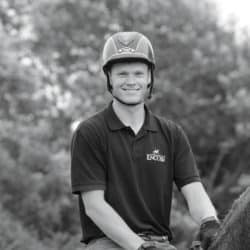
Daniel Moseley
Showjumper Daniel Moseley has represented Great Britain at Young Rider and Senior level at European Championships and Nations Cups
Could your horse’s focus use a tune-up? Daniel Moseley shows you how to get him thinking on his feet
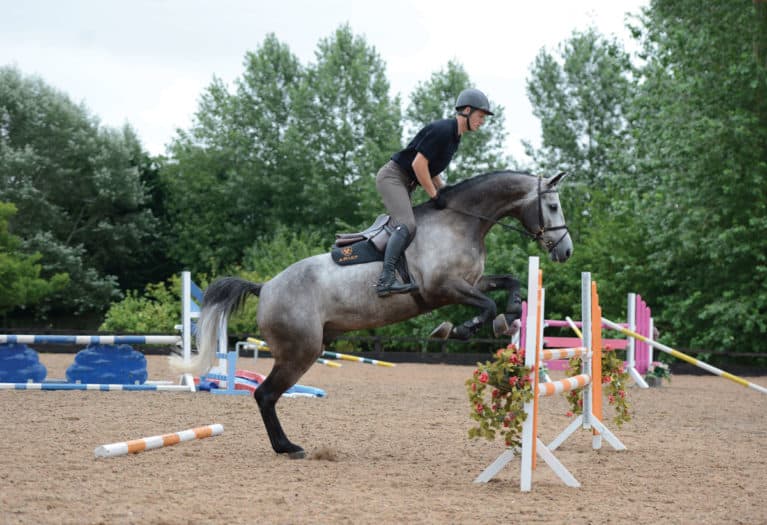
There’s nothing more frustrating than having your chance of a clear round and a rosette scuppered by an unnecessary four faults. Perhaps your horse gets strong and tends to plough through the top rail of a fence or maybe he’s prone to hanging a leg. Either way, the key is to train him to focus, react and think on his feet – in other words, to be more careful.
Training your horse to jump carefully is all about introducing a variety of different exercises to keep him thinking, and stop him from becoming stale and switching off. It’s also heavily dependent upon your own riding – you can’t expect your horse to jump in perfect form from the correct distance if you’re disorganised in the saddle. While it can be tempting, particularly in a jump-off, to kick on blindly in an attempt to get to the other side as quickly as possible, take a moment to run through a checklist in your head…
- am I sitting evenly?
- is my horse straight and heading for the middle of the jump?
- is he sitting on his hindleg?
- have I got control of his shoulder?
- am I riding in a positive rhythm?
If you can answer yes to each of these questions, then you’re well on your way to giving your horse the best chance to jump cleanly.
Moving along
If you want your horse to think and react quickly while jumping, he has to be responsive to your aids on the flat, too. If you’re riding down to a fence, you want to be able to put your leg on and feel him move immediately forward – what you don’t want to have to do is take your legs away from his sides to give him an enormous kick. To achieve this level of responsiveness, you need to teach him to react positively to a light aid. Closing your heel and your leg around his sides should be enough to encourage him forward into trot. If it takes a considerably heavier aid to get a response, school lots of transitions with your aids as light as possible, using a tickle of the whip to encourage him to respond if needed. If you teach him to react to the smallest of aids, you’ll have far more levels of reaction to call upon when you need them.
Exercise one – stop rushing
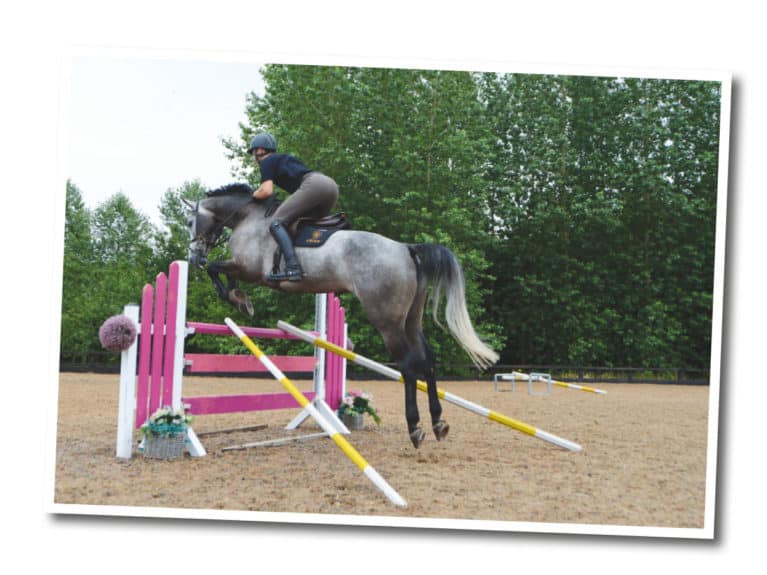
What it does: The V-poles make your horse back off from the jump, encouraging him to think about how to tackle the question.
How to ride it: This is a simple exercise, so it requires just the basics from you – straightness, rhythm and a good, active canter. Maintain a supportive leg as your horse figures out how to tackle the fence and be prepared for him to give it plenty of air.
How to set it up: Add V-poles to an upright fence that falls easily, such as a plank.
Exercise two – help him sit
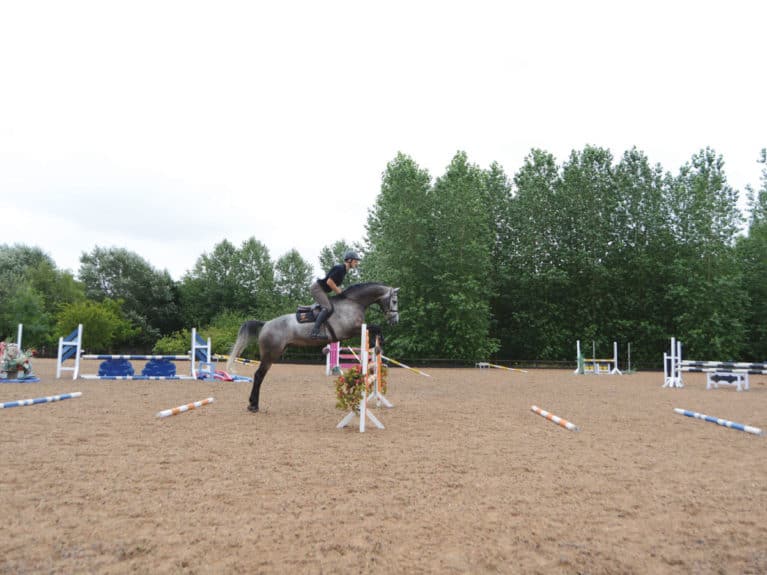
What it does: Placing poles make your horse focus more on where he’s putting his feet and what he’s doing after he lands. This is a great exercise if he’s prone to rushing fences, as he’ll have to slow down his approach and back off a bit in order to get it right. It’s also really helpful for improving your horse’s shape over a fence, as the pole on the landing side will encourage him to drop his head and round his body to keep an eye on it. It’ll teach him to think for himself, too – if you’ve ridden the exercise correctly but he makes a mistake, he’ll be able to figure it out and fix it on his next attempt.
How to ride it: The key to this exercise is not getting too hung up on trying to see your stride. Instead, approach it in a rhythmic, active canter, and focus simply on maintaining that rhythm and your horse’s straightness throughout. This will allow him to find his own balance and encourage him to take some responsibility. Try to forget that the poles are there and ride the fence as though it’s a simple upright on its own – this way, if your horse gets the distance wrong to the pole, he’ll have to figure out how to make it work for himself.
How to set it up: Build a small upright with canter poles on the take-off and landing side, three metres from the fence. You can add as many canter poles as you like, but one on either side is the minimum. You can build up the height of the fence once your horse is comfortable with the exercise.
Exercise three
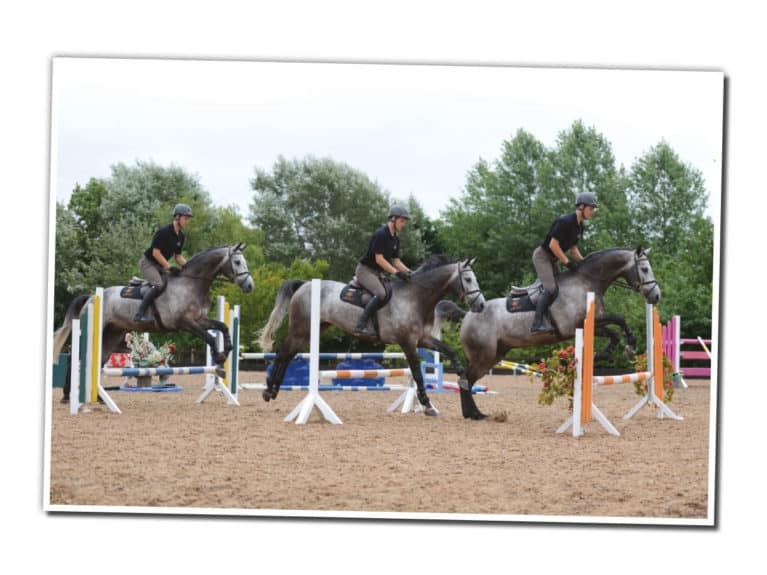
What it does: Multiple fences on a bounce distance teach your horse to jump and think quickly. If he spends too long thinking about it or is slow to snap his legs up, he’ll knock the fence down. The consistency of the exercise means that if he does knock one of the fences he should learn from his mistake by his next attempt.
How to ride it: Bounce fences require a short, active canter, but the great thing about this exercise is that if you struggle to shorten your horse’s stride without losing engagement, riding through the line will help you to find that canter naturally. Don’t feel tempted to check or interfere too much – grids like this do the training for you, so just make sure you’ve given your horse a good, straight approach and that you remain balanced over his back through the grid.
How to set it up: Build three small fences on bounce distances (three metres). If you or your horse are new to bounces, start with two fences, then add in the third. If you’re more experienced, add as many fences as you like. I don’t tend to do this over big fences, it’s more of a gymnastic exercise over cross-poles or small uprights.
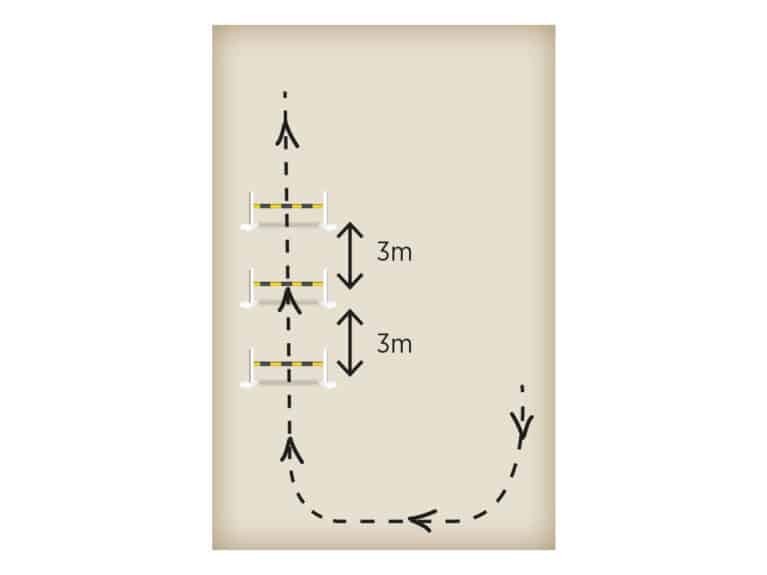
Top tip – Use gridwork as a chance to practice a supportive jumping position that doesn’t hinder your horse’s effort. Because the fences come up quickly, particularly when set at bounce distances, it’s important to maintain a neutral upper body position and allow him to jump up to you, rather than throwing your upper body forward. A dramatic effort from you will overburden his front end and make his job more difficult.




